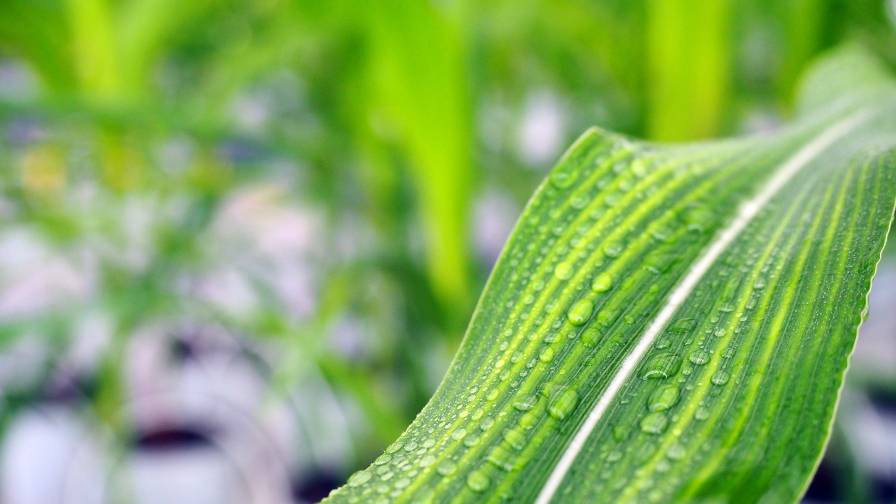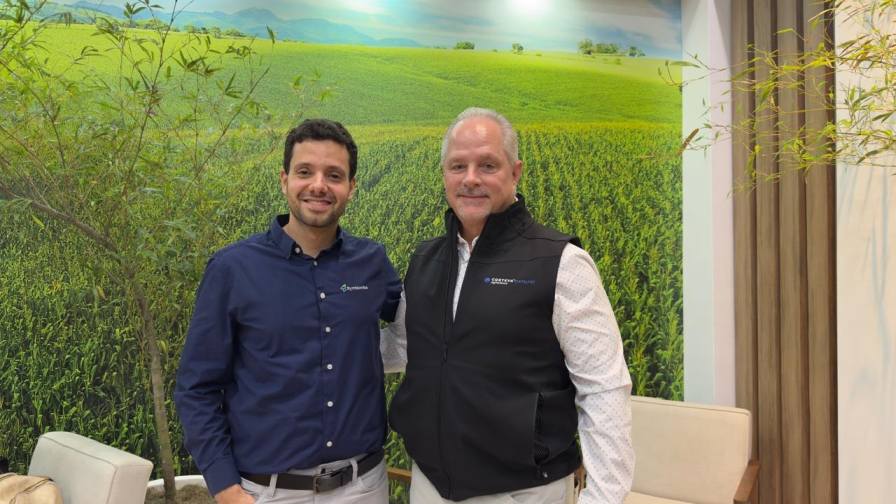Fertilizer: Revving Up
Nutrient demand, propelled by the need to produce more grain and oilseeds to feed people and fuel vehicles, is surging ahead even faster than anyone had predicted just six months ago. Put another way, the engine of production agriculture is revving up to an r.p.m. reading that is the highest in recent history. The rapid revving up of production agriculture, however, is beginning to stress the production and supply chain capabilities of the global nutrient industry. Indian suppliers scrambled last fall to get enough nitrogen and phosphate to wheat farmers for Rabi application. Prices of a number of fertilizer products have climbed to record highs during recent weeks. Stock-outs for some products look increasingly likely in North America this spring.
This situation is becoming acute in North America where the prospect of a 10% to 12% increase in corn acreage and expectations of across-the-board recoveries in application rates produce forecasts of double-digit increases in nutrient use. The fact that North American shipments got off to a slow start during the first half of the fertilizer year further complicates the situation and implies that extraordinarily large shipments are required during the last half of the fertilizer year in order to meet projected demand.
The Accelerator: Prices
Crop prices serve as the accelerator of nutrient demand, and new crop corn and soybean prices have taken off since mid-September. The new crop price of corn has increased more than 40% or US $1.15 per bushel since Sept. 12, 2006. The 2007 new crop price of corn closed at $4.03 per bushel on Jan. 23, the first time in history that the new crop contract closed above $4.00 per bushel. The new crop price of soybeans also has rallied since mid-September, with the 2007 new crop price of soybeans increasing almost 30% or about $1.65 per bushel since Sept. 12, 2006.
Grain Fundamentals Tighten
Corn demand likely will climb to a record 12.2 billion bushels in 2007/08. If U.S. farmers plant 87 million acres of corn this spring, the national average yield would have to increase to more than 153 bushels per acre to meet projected demand. That is 4 to 5 bushels per acre greater than the average yield for the last two years.
The expected increase in corn-on-corn acreage and the planting of more marginal land to corn this spring will make reaching this required average yield a stiff challenge without ideal growing conditions. As a result, the market would like more acres and more intense input usage to ensure adequate supplies next year.
Increasingly Strong Demand
The run-up in crop prices has boosted nutrient demand prospects. For example, the International Fertilizer Industry Association (IFA) in December projected that world nutrient use will jump 4.5% or almost 7 million tonnes to 160 million tonnes in 2006/07 and then increase another 3% to almost 165 million in 2007/08. US nutrient demand is projected to increase 10% or almost 2 million tonnes in 2006/07 due to the expected surge in corn acreage and a recovery in application rates. US nitrogen (N), phosphate (P) and potash (K) use are projected to increase 9%, 10%, and 12%, respectively.
Upside In US P&K Demand Forecasts
US demand forecasts are sensitive to the impact of corn prices on application rates – especially for phosphate and potash. Farmers increase application rates and potentially rebuild P and K soil levels when corn prices are high and reduce application rates and potentially draw down P and K soil levels when corn prices are low. Actual rates have exceeded forecast when corn prices increased to relatively high levels.
US P and K forecasts have been made using three application rate scenarios. The first scenario – and the forecast used in our current supply/demand analysis – assumes that P and K application rates on corn recover to 2005 levels. The demand for P and K increases 10% and 12%, respectively, in this scenario. The second scenario assumes that application rates on corn increase to the peak levels of 2004. In this case, P use increases 12% and K use increases 13%. The third scenario utilizes the application rate forecasts from the simple regression models for a new crop corn price of $3.75 per bushel. The demand for P and K increases 17% and 18%, respectively.
Given the current optimism that is permeating rural America and given that the current price of new crop corn is in the $4.00 per bushel range, this analysis suggests that there is huge potential upside to our current P and K demand forecasts.
The engine of production agriculture is revving up, but the wild ride for crop input suppliers is just starting.





